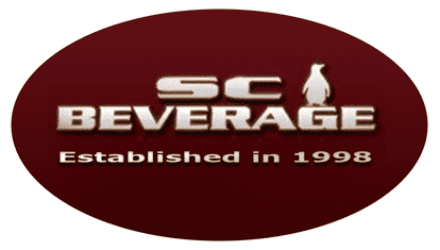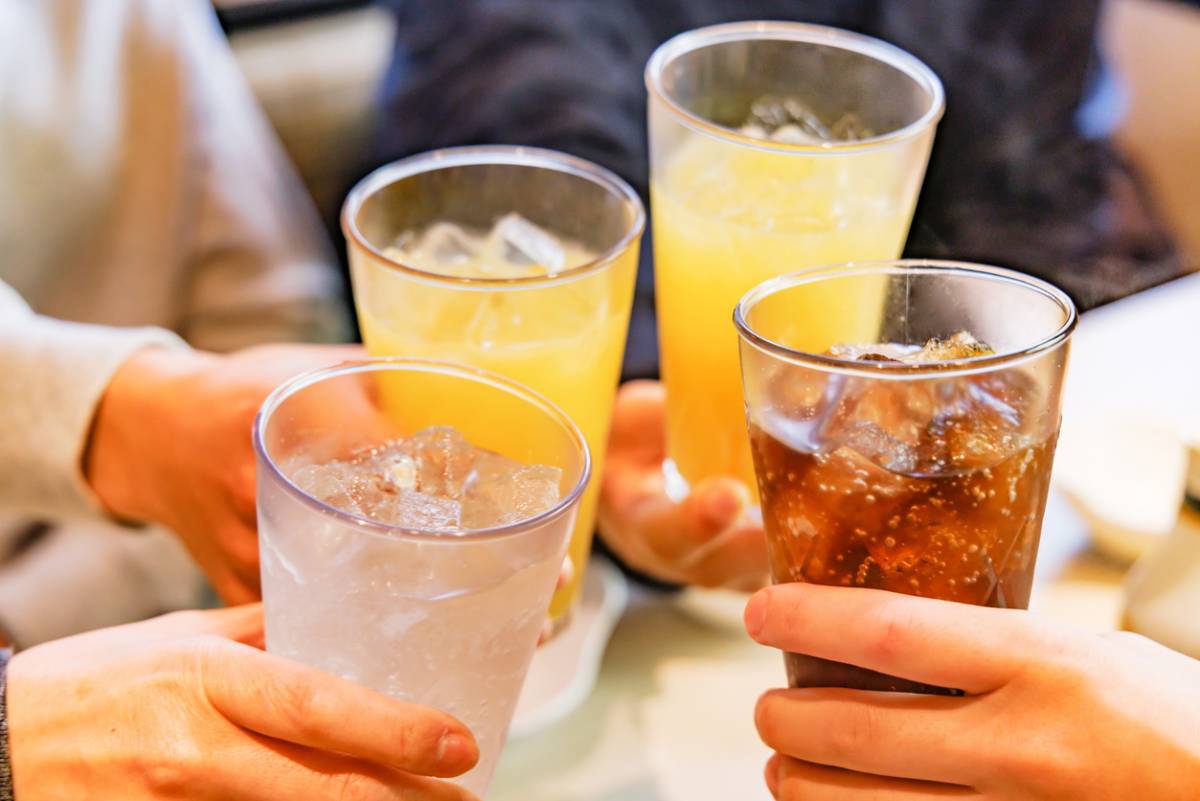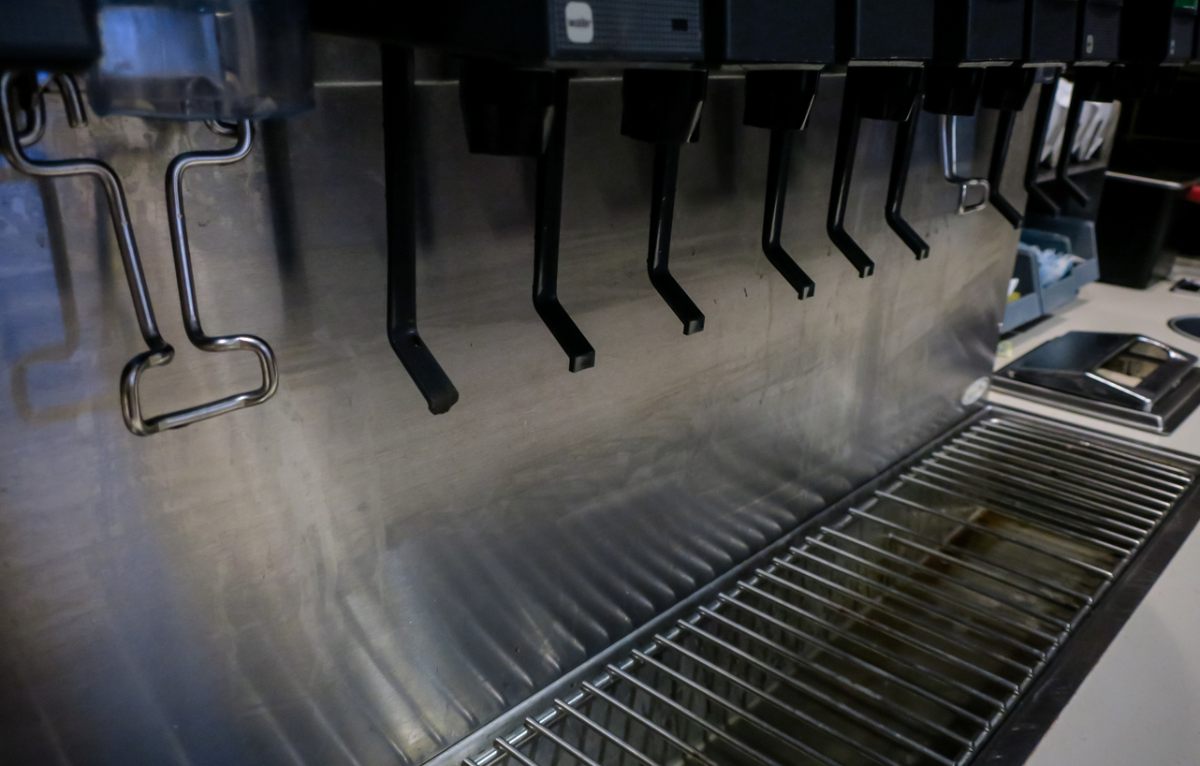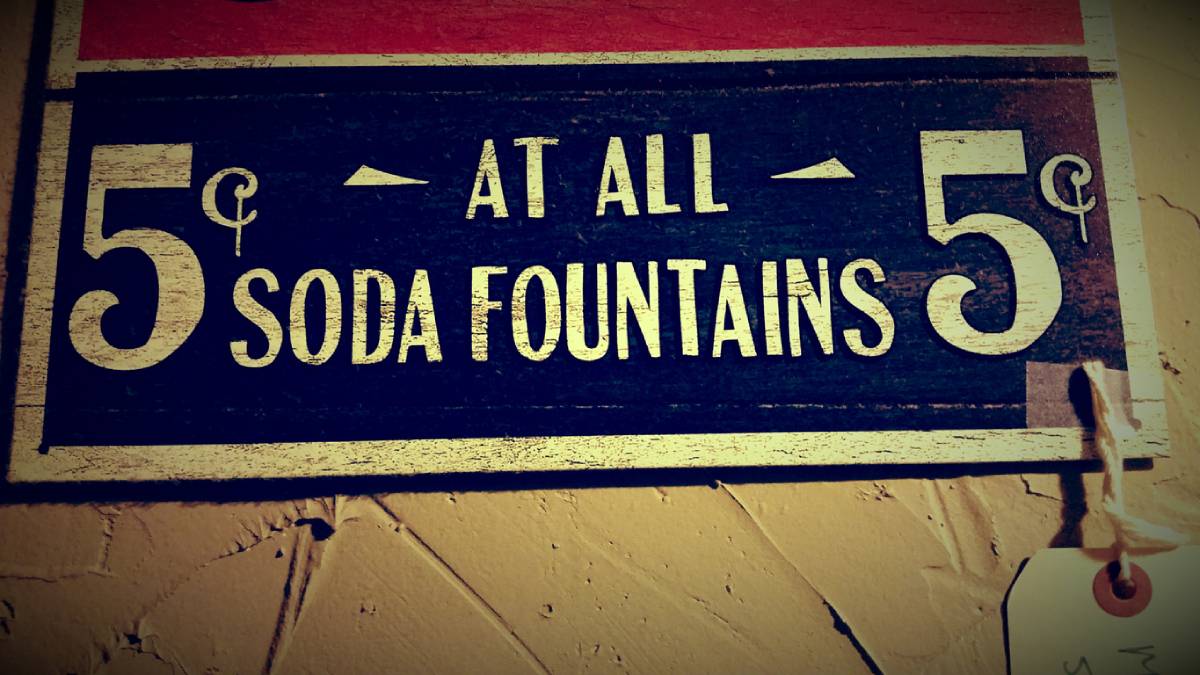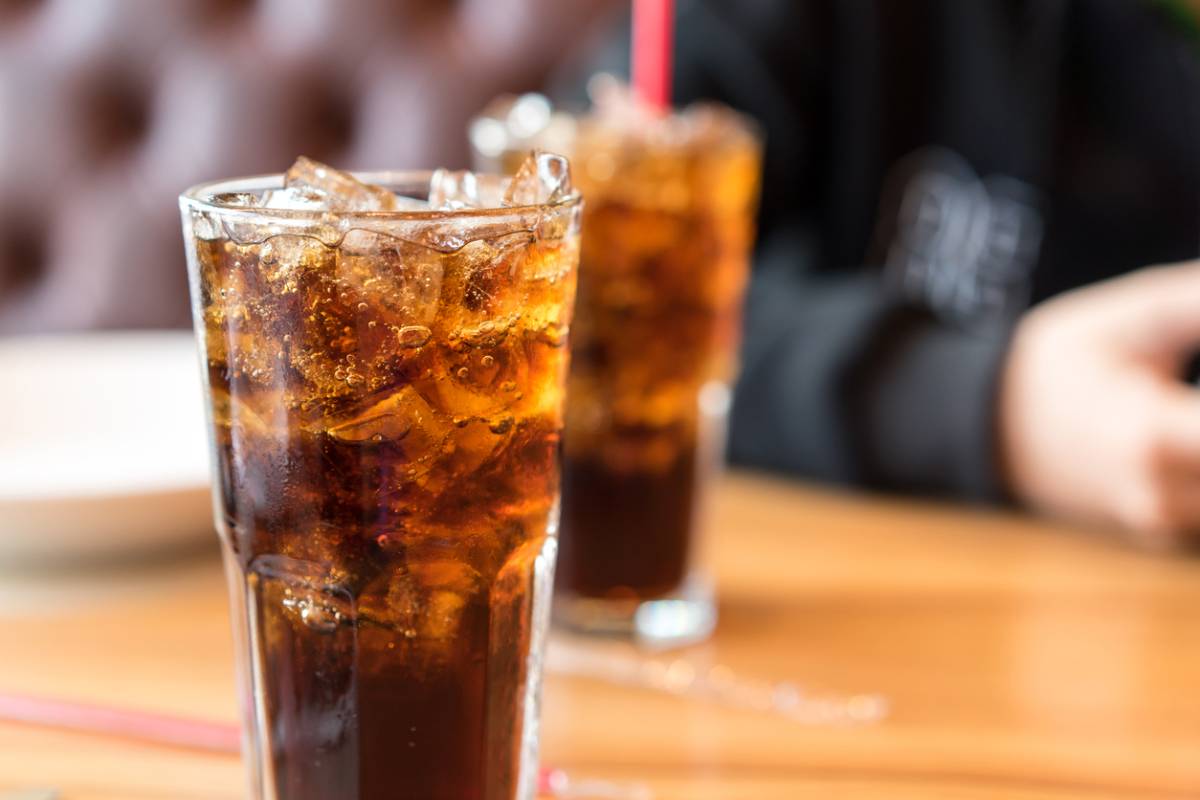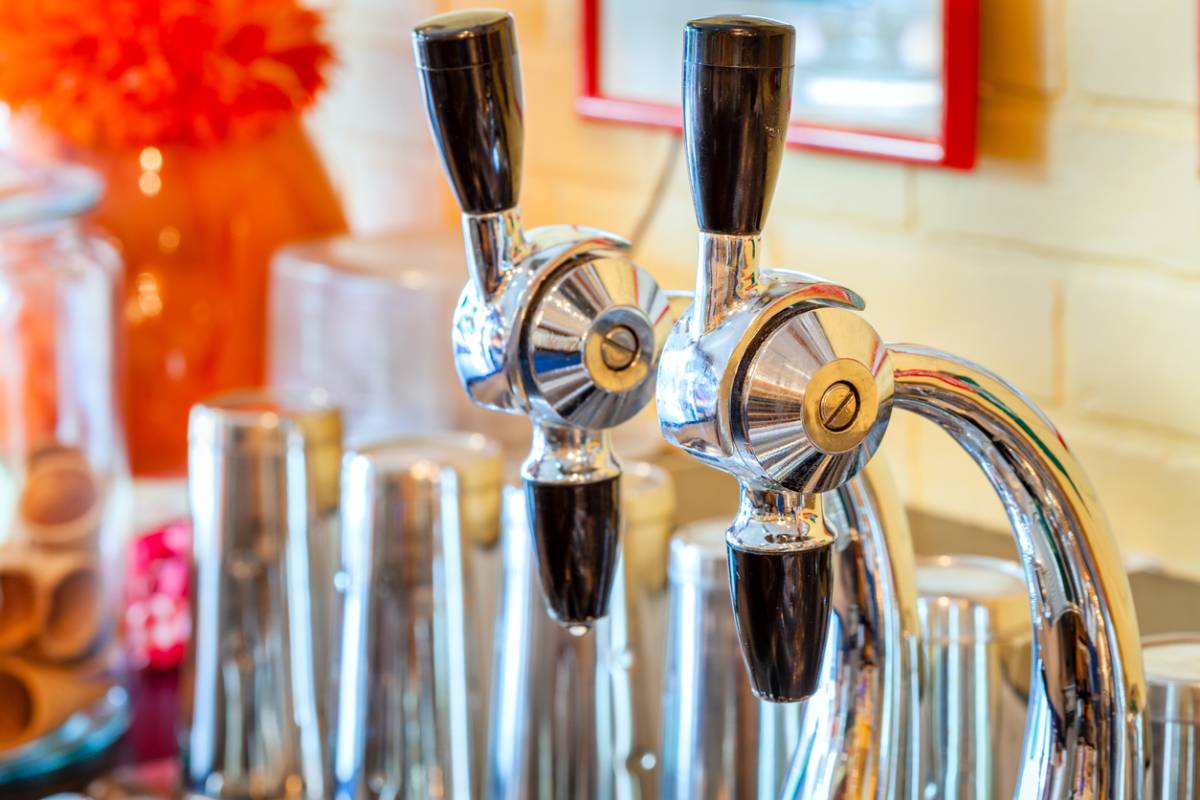Every restaurant has a soda fountain as one of its staples. Providing soft drinks, water, and other types of beverages all at once through a tap can empower your customers to choose whatever drink they want and free up your time to focus on more important business operations. Below we cover 3 reasons to replace your soda fountains.
3 Reasons to Replace Your Soda Fountains
But like all machines, soda fountains do not last forever without proper maintenance and repair. Eventually, broken machines may cost more to repair than to replace, so you may be in the market for top-of-the-line soda fountain equipment. Whatever the case may be, it is important to know the warning signs that your machines are getting damaged. Below, we have listed 3 reasons to replace your soda fountains ASAP.
You Can Earn More With Newer Machines
As your soda fountains age, you might start to worry about how well they are keeping up with the constant stream of demand from your customers. Not only can new machines look better and attract more customers, but they can also stop you from constantly having to maintain and repair your soda fountains. Ultimately, newer machines may come with a higher price tag, but they end up producing a much higher profit than your old, run-down soda machines.
Not to mention, you can get away with charging more for your drinks when you are operating newer machines. The cost of operations may increase, leading you to increase prices on relatively cheap items like soda syrup. You can even increase the syrup count to make the soda taste better. Over time, this will leave you with a lot more income in your pocket.
New Machines Just Look Good
It’s no secret that new machines are sleek, advanced, and adaptable to so many more options than traditional soda fountains. If you are looking for a clean, smooth, and streamlined look for your restaurant, these machines can add a lot of ambiance to the space. Modern fountains are easy to use, presenting customers with a slew of soft drink options and even the ability to further customize their drinks. Incorporating a digital system can help you keep up with the modern feel of your space, and customers will be more likely to return to you time and time again.
Stop Spending Money On Repairs
Machines need maintenance, and the older a machine gets, the more likely it is that the repair costs will go through the roof. Why run the risk of constant malfunction when you can instead opt for a brand-new fountain that adds more options, better flavor, and a bigger profit to your business?
Depending on the type of issues your soda machines are running into, it may be more expensive to repair it than to just outright replace it with a newer fountain model. Dispenser problems can take a serious cut out of your profits. And broken hinges and O-rings will make the machine malfunction entirely. Avoid running into simple machine maintenance issues that cost you a lot more money and problems than is worth it. How? You can look into some of the market’s newest soda fountain options and add a sleek new upgrade to your space.
Find the Perfect Beverage System for Your Restaurant
Running a food service business is anything but simple, and dealing with broken machines only complicates matters further. If you are looking for ways to cut down on maintenance costs and smooth out the day-to-day operations of your restaurant company, reach out to our SC beverage systems professionals and find deals and discounts on the best machines in the industry. By replacing your soda fountains you are securing years of future success without any heavy repair needs.
